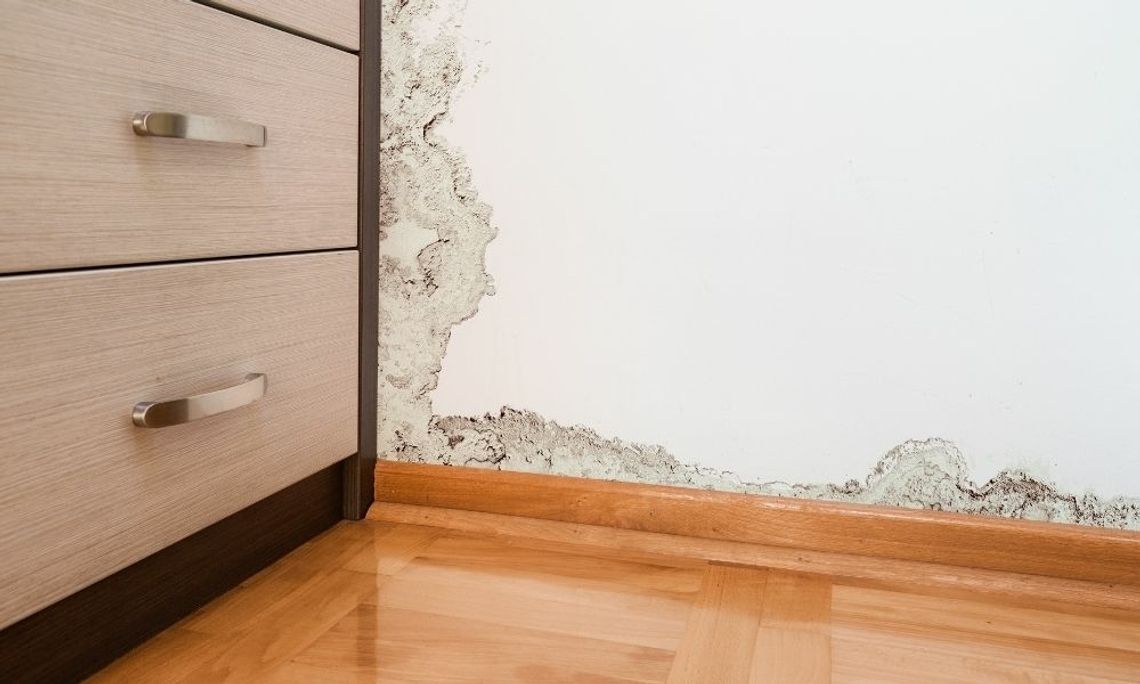You want your home to be as safe and comfortable as possible. However, there could be some hidden dangers lurking behind the scenes. Learn more about the common household safety hazards you might not realize exist and how to protect your home and family.
Toxic Paint
Toxic lead paint poses serious health risks, especially for children and pregnant women. When lead paint deteriorates or is disturbed, it can release lead particles into the air, dust, and soil. Lead exposure can lead to a range of health problems, including learning disabilities, lower IQ, developmental delays, hearing loss, and behavior issues. Children are particularly vulnerable as they may ingest lead dust while playing on contaminated floors or inhale lead dust particles. Pregnant women exposed to lead can pass it on to their unborn child, potentially causing developmental problems. It is crucial to identify and address lead paint hazards in homes, especially in older properties, by taking appropriate measures such as encapsulation, removal, or remediation by professional painters to eliminate the risks associated with toxic lead paint. Regular cleaning and maintenance in areas with lead paint can also help minimize exposure.
Gas Leaks
Gas leaks are particularly dangerous in the home because some of these events are undetectable to the senses. For example, a rise in carbon monoxide levels is impossible to detect by scent, touch, sight, or sound. However, you can and should install carbon monoxide detectors throughout your home to monitor for any abnormal levels. Carbon monoxide gases stem from burning propane, wood, gasoline, and other fuels, so try to install these sensors in areas that would pose a threat, such as near your garage door, heater, and more.
Fire Hazards
House fires can be devastating to your home and family, so make sure you acknowledge the common house fire safety hazards. One of the most common fire starters that homeowners forget about is their clothes dryers. These appliances can cause fires for several reasons—the most common being a failure to clean the lint trap between uses. There could also be a lint buildup along the ventilation filters or ductwork.
Another common type of house fire is an electrical fire. Electrical fires can also stem from appliances or other electrical equipment throughout your home. Watch your use of extension cords and cables; if you use a frayed cable or place one under carpeting, you pose an electrical fire risk for your home.
Mold Growth
Many homeowners underestimate the dangers of mold growth. Did you know that mold growth can start to impact your health at a certain level? If left unchecked, mold growth can affect your home air quality, which can cause discomfort and even sickness at home. You can treat small areas of mold yourself, but if you discover large stretches of mold growth or can’t discern the source of a moldy, musty smell in your home, make sure you call in a professional mold removal company.
When it comes to living at home, you want to prevent as many safety hazards as possible to live comfortably and safely. These household safety hazards you might not realize exist plague many homeowners each year. Now that you’re more familiar with these hazards, you can be aware of the signs in your home and keep your family safe.


Comment
Comments